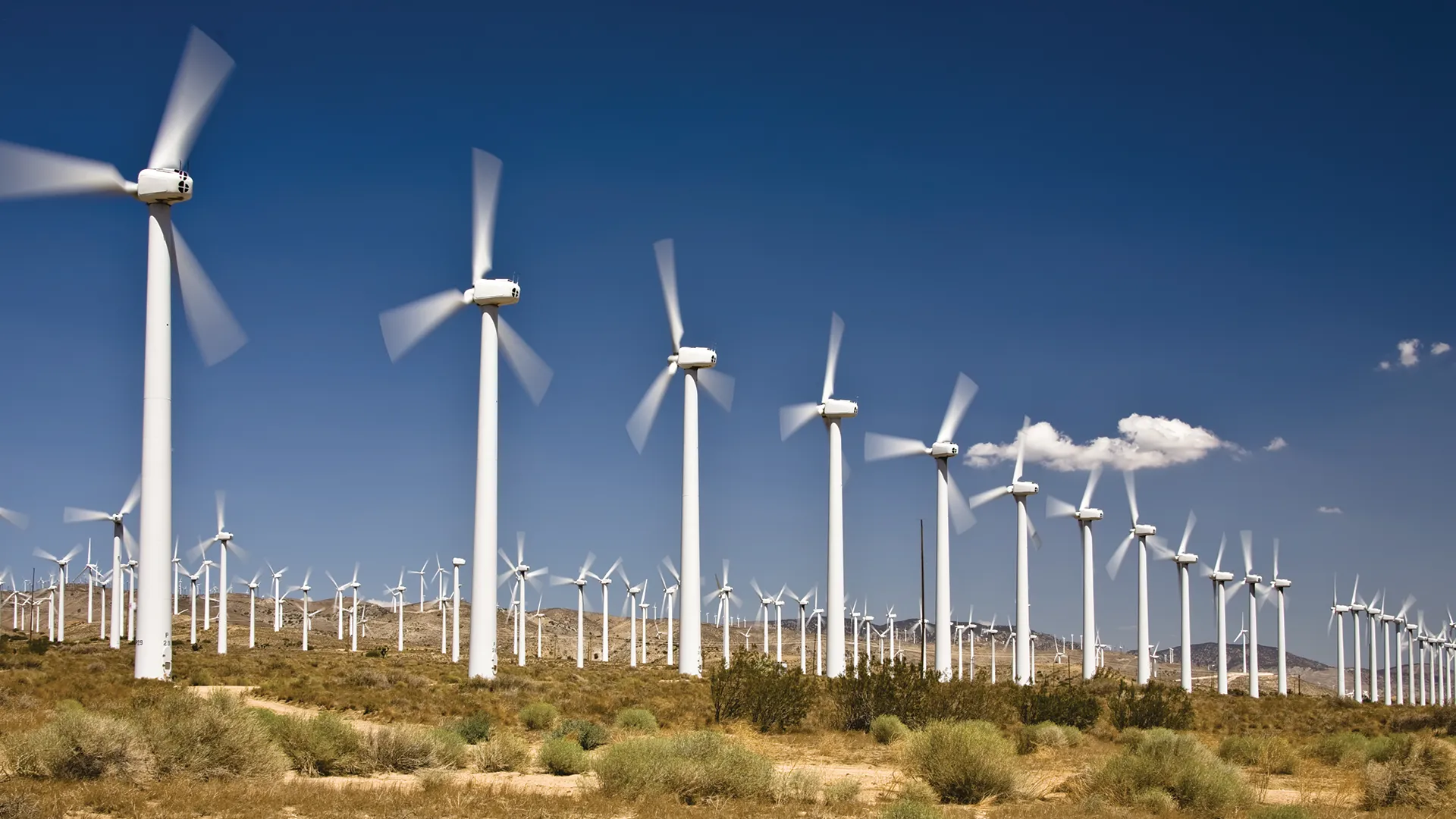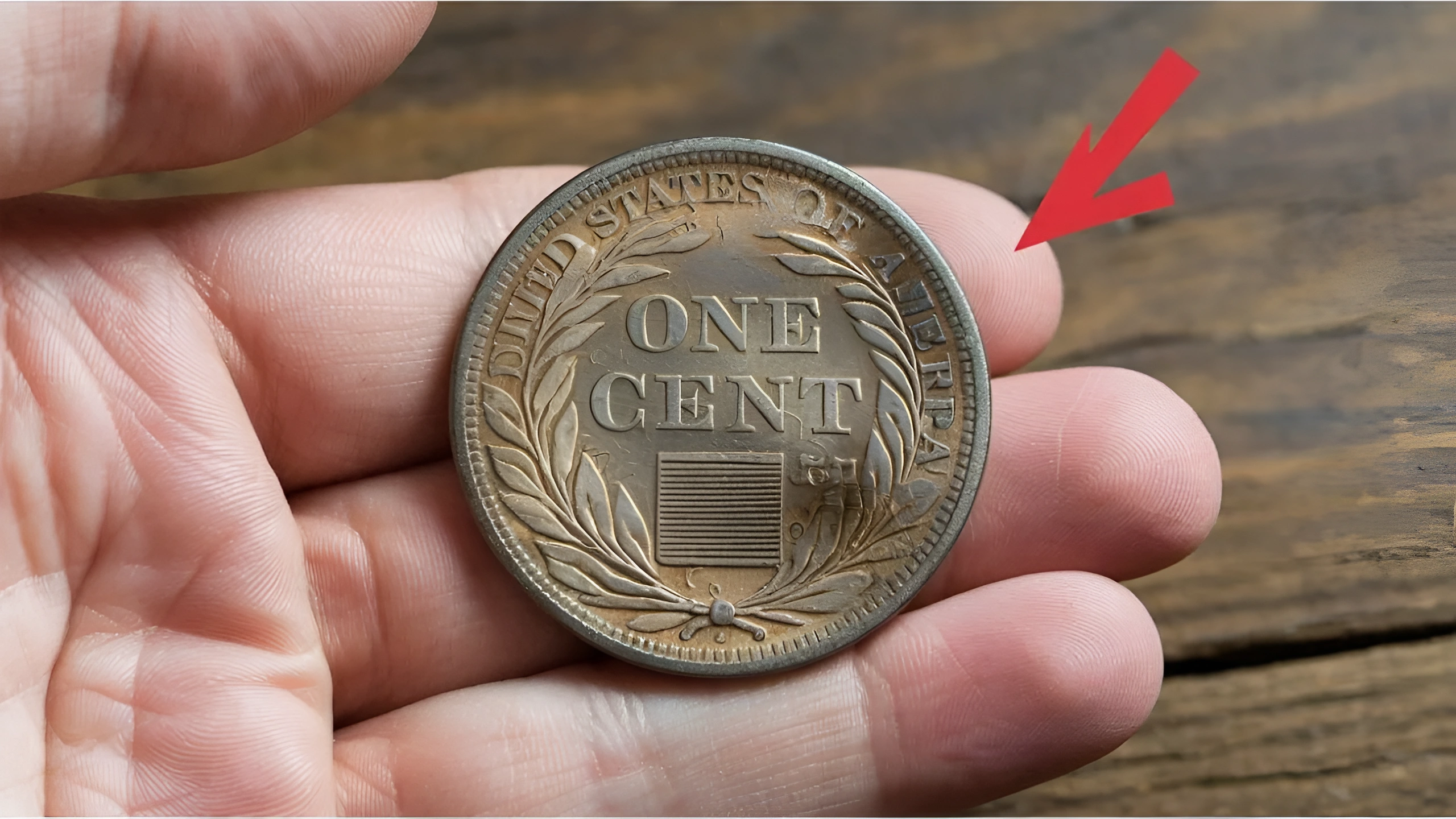
Unlocking the Potential of Wind Energy: Powering a Sustainable Future
In the race toward a cleaner, greener planet, wind energy has emerged as a beacon of hope. Harnessing the natural power of the wind, this renewable energy source is not only sustainable but also one of the fastest-growing forms of power generation globally. As nations strive to reduce carbon emissions and combat climate change, wind energy is playing a pivotal role in shaping the future of energy.
But what makes wind energy so promising, and how can its full potential be unlocked? Let’s explore the opportunities, challenges, and innovations in this rapidly advancing field.

1. The Power of the Wind: How It Works
Wind energy is generated by converting the kinetic energy of moving air into electricity using turbines. Here’s how the process works:
- Wind Turbines: The wind turns the blades of a turbine, which are connected to a rotor.
- Generator: The rotor spins a generator, producing electricity.
- Transmission: The electricity is then sent to the grid to power homes, businesses, and industries.
Wind turbines can be installed on land (onshore wind farms) or in bodies of water (offshore wind farms), with offshore installations offering significant potential due to stronger and more consistent winds.
2. The Benefits of Wind Energy
Wind energy offers numerous advantages that make it a cornerstone of the renewable energy transition:
- Renewable and Abundant: Wind is an inexhaustible resource, making it a sustainable energy source for generations to come.
- Low Carbon Footprint: Unlike fossil fuels, wind energy produces no greenhouse gas emissions during operation, helping to mitigate climate change.
- Cost-Effective: Advances in technology have significantly reduced the cost of wind energy, making it competitive with traditional energy sources.
- Energy Independence: Wind energy can reduce reliance on imported fossil fuels, enhancing energy security for nations.
- Job Creation: The wind energy sector supports thousands of jobs worldwide, from manufacturing and installation to maintenance and research.
3. Challenges in Harnessing Wind Energy
While the benefits of wind energy are undeniable, several challenges must be addressed to fully unlock its potential:
- Intermittency: Wind energy production depends on weather conditions, making it less predictable than other energy sources.
- Land Use and Aesthetics: Onshore wind farms require significant land, and some communities object to the visual impact of turbines on landscapes.
- Wildlife Impact: Wind turbines can pose risks to birds and bats, although ongoing research is helping to minimize these effects.
- Infrastructure: Expanding wind energy requires significant investments in grid infrastructure to transport electricity from wind-rich areas to population centers.
4. Innovations Driving Wind Energy Forward
To overcome these challenges and maximize the potential of wind energy, innovators are pushing the boundaries of technology:
- Floating Wind Turbines: These allow offshore wind farms to be placed in deeper waters, where winds are stronger and more consistent.
- Energy Storage Solutions: Pairing wind farms with batteries or other storage technologies helps smooth out energy supply during periods of low wind.
- Smarter Turbines: Advances in materials, design, and AI-driven analytics are making turbines more efficient, durable, and adaptive to changing conditions.
- Hybrid Systems: Combining wind energy with solar or hydroelectric power creates more reliable and balanced energy systems.
5. Global Leaders in Wind Energy
Several countries are leading the charge in wind energy adoption:
- China: The world’s largest producer of wind energy, China has invested heavily in both onshore and offshore wind farms.
- United States: The U.S. boasts some of the largest wind farms globally, particularly in the Midwest and Texas.
- Denmark: A pioneer in wind energy, Denmark generates nearly half of its electricity from wind and is home to leading turbine manufacturers.
- India: Rapidly expanding its wind energy capacity, India is leveraging its vast coastline and windy regions to reduce dependence on fossil fuels.
6. The Future of Wind Energy
The future of wind energy looks bright, with ambitious goals set by governments and organizations worldwide. The International Renewable Energy Agency (IRENA) estimates that wind could account for over 35% of global electricity generation by 2050.
Emerging trends include:
- Offshore Expansion: Offshore wind farms are set to grow exponentially, with projects like the Dogger Bank Wind Farm in the UK and Vineyard Wind in the U.S. leading the way.
- Decentralized Wind Power: Small-scale wind turbines for homes and businesses are gaining traction, making renewable energy more accessible.
- Carbon Neutrality Goals: Countries aiming for net-zero emissions are prioritizing wind energy in their renewable energy strategies.
7. The Role of Individuals and Communities
Unlocking the potential of wind energy isn’t just about large-scale projects—it’s also about grassroots efforts and community involvement. Individuals can support wind energy by:
- Choosing energy providers that offer wind power.
- Advocating for wind projects in their local communities.
- Investing in small-scale wind turbines for personal or cooperative use.
Communities can benefit from wind farms through job creation, shared revenues, and access to clean energy, fostering a sense of collective progress toward sustainability.
Conclusion: A Breath of Fresh Air for the Planet
Wind energy represents one of humanity’s greatest opportunities to transition to a sustainable future. By harnessing the natural power of the wind, we can reduce our dependence on fossil fuels, combat climate change, and create a cleaner, healthier world for future generations.
As technology continues to advance and global cooperation grows, the potential of wind energy is boundless. With each turbine blade that spins, we take a step closer to a brighter, more sustainable future—powered by the wind.







